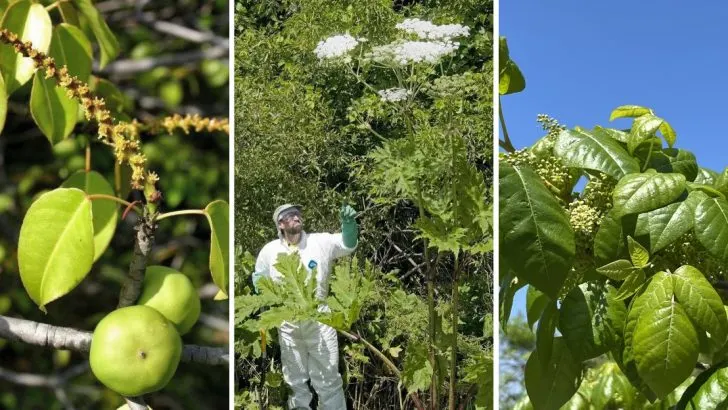Plants are often admired for their beauty, but not all of them are as harmless as they appear. Some species conceal a dangerous side, with toxins potent enough to cause serious harm—or even death—through a simple touch. It’s a stark reminder that nature, while fascinating, can also be surprisingly perilous.
From unassuming shrubs to vibrant flowers, these plants have evolved potent defenses that demand our respect and caution. Understanding what makes them so hazardous isn’t just fascinating; it could be lifesaving. Here are five plants so toxic that even brushing against them could have dire consequences.
Oleander
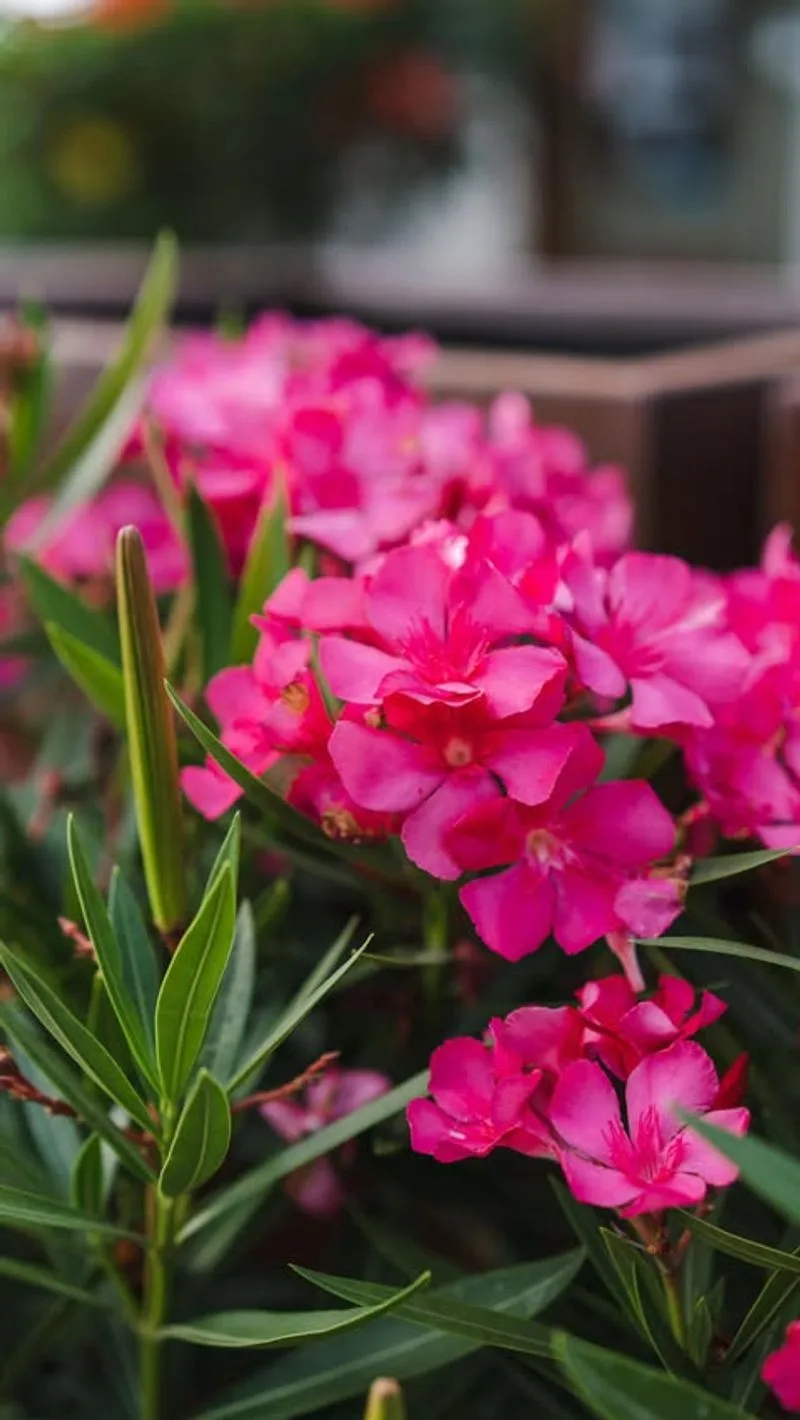
Oleander, known for its stunning blooms, is a silent killer. This evergreen shrub adorns gardens with clusters of pink, white, or red flowers. However, every part of this plant is steeped in toxic compounds. Upon contact, these toxins can irritate the skin, and ingestion can be fatal. Touching oleander and then eating without washing hands might lead to severe nausea or vomiting.
Despite its beauty, keeping oleander away from curious children and pets is crucial. Always wear gloves when handling or pruning this plant to avoid accidental poisoning.
Giant Hogweed
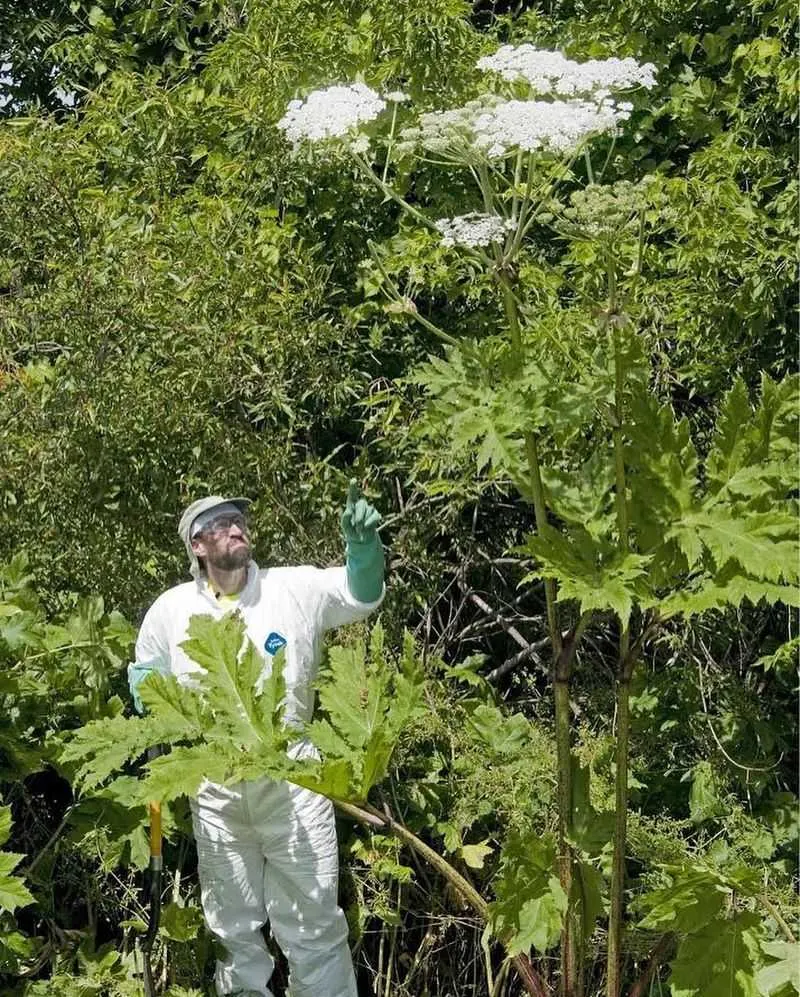
Giant hogweed stands tall and menacing in the wild. This plant’s sap contains phototoxic chemicals that react with sunlight to cause severe skin burns and blisters. Even a slight brush against its leaves or stem can lead to painful reactions.
If you encounter giant hogweed, avoid touching it at all costs. Wear protective clothing if you must remove it. Recognizing its towering height and large floral clusters can help in identifying and avoiding this hazardous plant.
Poison Ivy
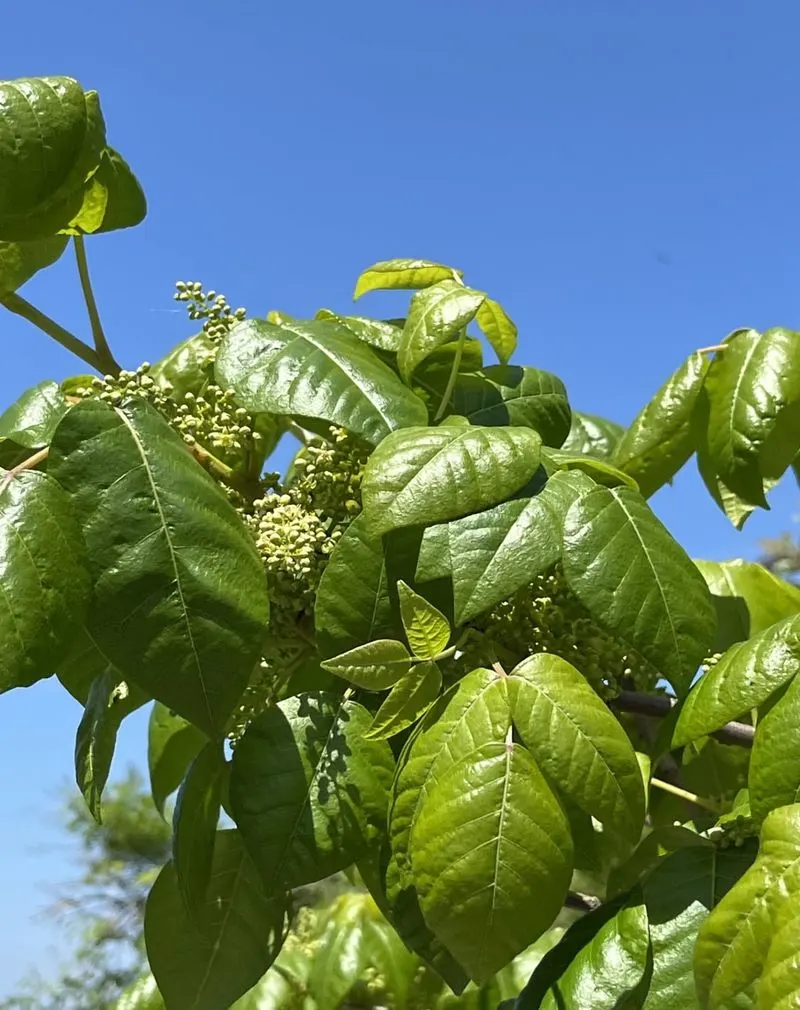
Poison ivy is infamous for its itchy legacy. The plant’s leaves, stem, and roots contain urushiol oil, which triggers allergic reactions upon contact. Even a brush against its leaves can cause itching, redness, and blisters.
Learning the adage “leaves of three, let it be” is key to avoiding poison ivy. In case of accidental contact, washing the affected area with soap and water promptly can mitigate the reaction. Keep a keen eye out for this plant during outdoor adventures.
Deadly Nightshade
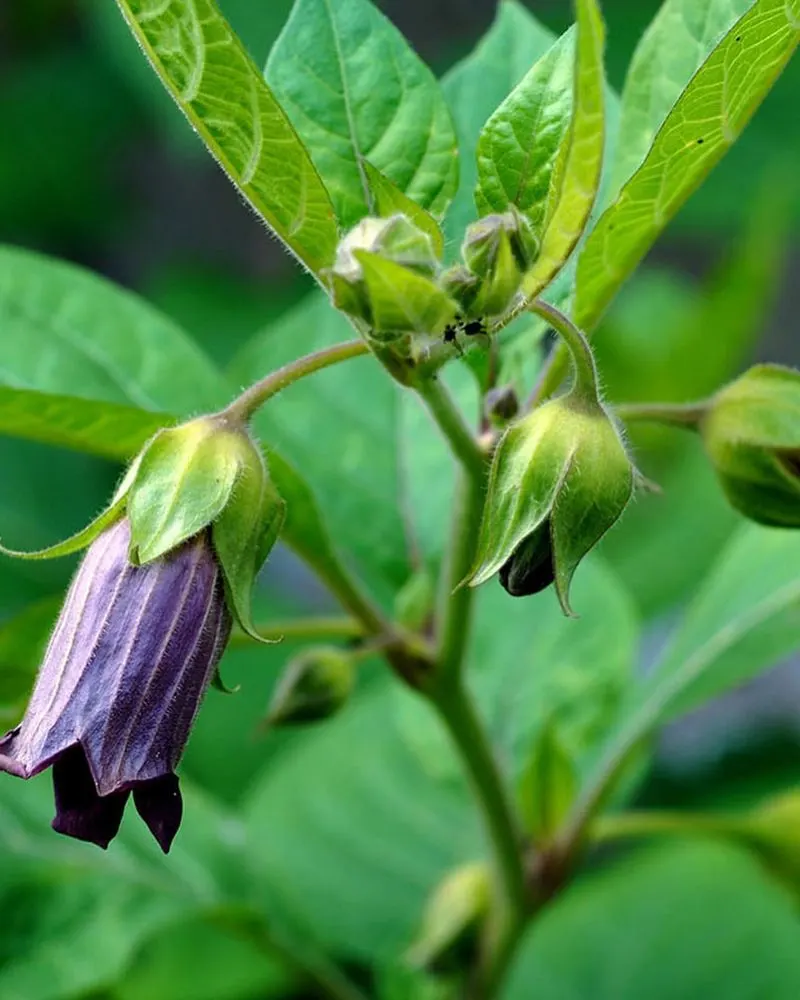
Deadly nightshade, or belladonna, is steeped in dark folklore and peril. Its shiny berries and lush foliage are laden with toxic alkaloids. Even minimal contact can cause skin irritation, while ingestion leads to more dire symptoms like hallucinations or paralysis.
This plant’s deceptive beauty makes it particularly dangerous. Educating yourself and others about identifying its distinct berries can be a life-saving measure. Always exercise caution and avoid handling this plant without protection.
Manchineel Tree
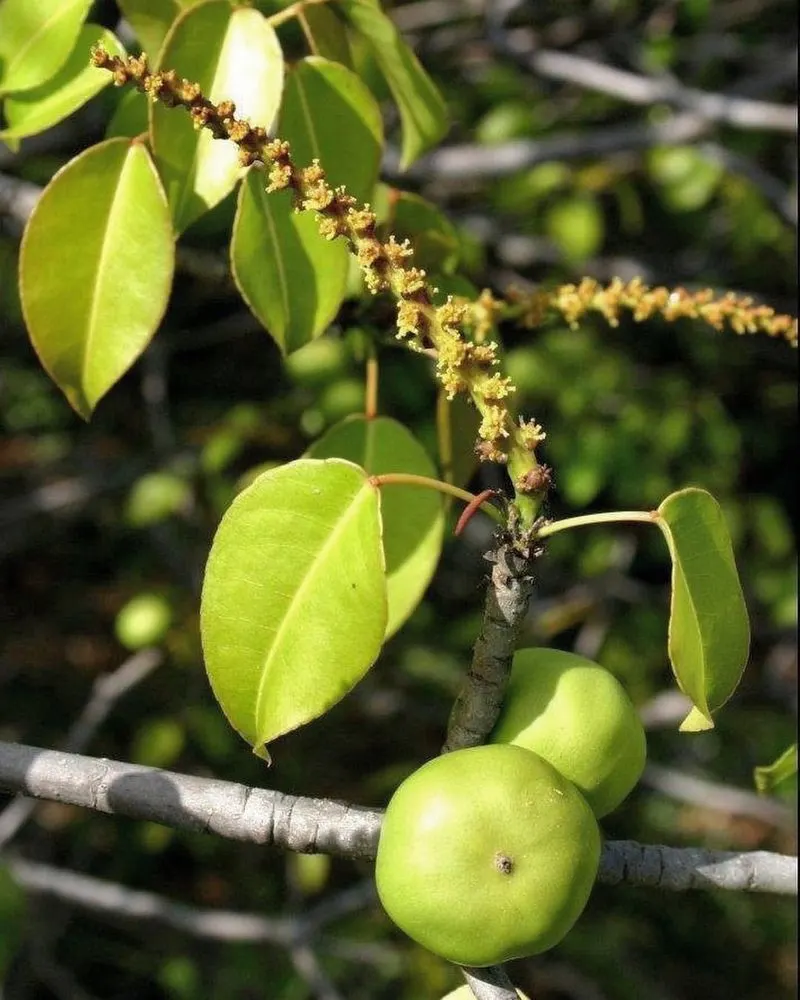
The manchineel tree is one of the world’s most dangerous trees. Its sap is so toxic that it can cause skin blistering upon contact, and standing under it in the rain can result in burns from the dripping sap. The fruit, resembling small apples, is equally perilous.
Recognizing this tree during tropical travels is vital. Heed warning signs and never touch or eat its fruit. The manchineel’s deceptive appearance belies its lethal nature, reminding us that not all that is green is safe.

